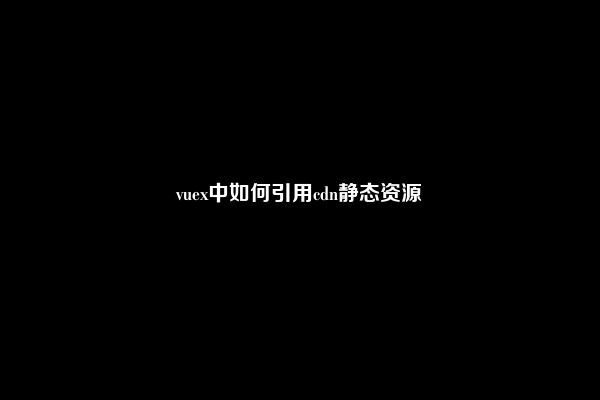在Vue中使用Vuex和引用CDN静态资源有以下步骤:

1.在HTML文件中引入Vue和Vuex的CDN链接,例如:
```html
<scriptsrc="https://cdn.jsdelivr.net/npm/vue/dist/vue.js"></script>
<scriptsrc="https://cdn.jsdelivr.net/npm/vuex/dist/vuex.js"></script>
```
2.创建一个Vue实例,并在`data`选项中定义状态。在这个示例中,我们创建了一个名为`store`的VuexStore,并将其作为
Vue实例的属性:
```javascript
varstore=newVuex.Store({
state:{
count:0
},
mutations:{
increment(state){
state.count++
}
}
});
newVue({
el:'#app',
store:store,
//...
});
```
3.在HTML文件中创建一个容器,并将其与Vue实例关联:
```html
<divid="app">
<!--Yourappcontenthere-->
</div>
```
4.使用Vue组件访问和修改Vuex状态。可以通过`this.$store.state`来访问状态,`this.$store.commit()`来触发mutation来
修改状态:
```html
<template>
<div>
<p>Count:{{$store.state.count}}</p>
<button@click="increment">Increment</button>
</div>
</template>
<script>
exportdefault{
methods:{
increment(){
this.$store.commit('increment');
}
}
}
</script>
```
在上述示例中,在Vue组件中,我们通过`$store.state.count`来获取VuexStore中的计数值,并通过按钮的点击事件调用
`increment()`方法来触发mutation来增加计数值。
通过这些步骤,您可以在Vue中使用CDN引入的Vuex静态资源,并使用Vuex来管理和访问全局状态。


网友留言: